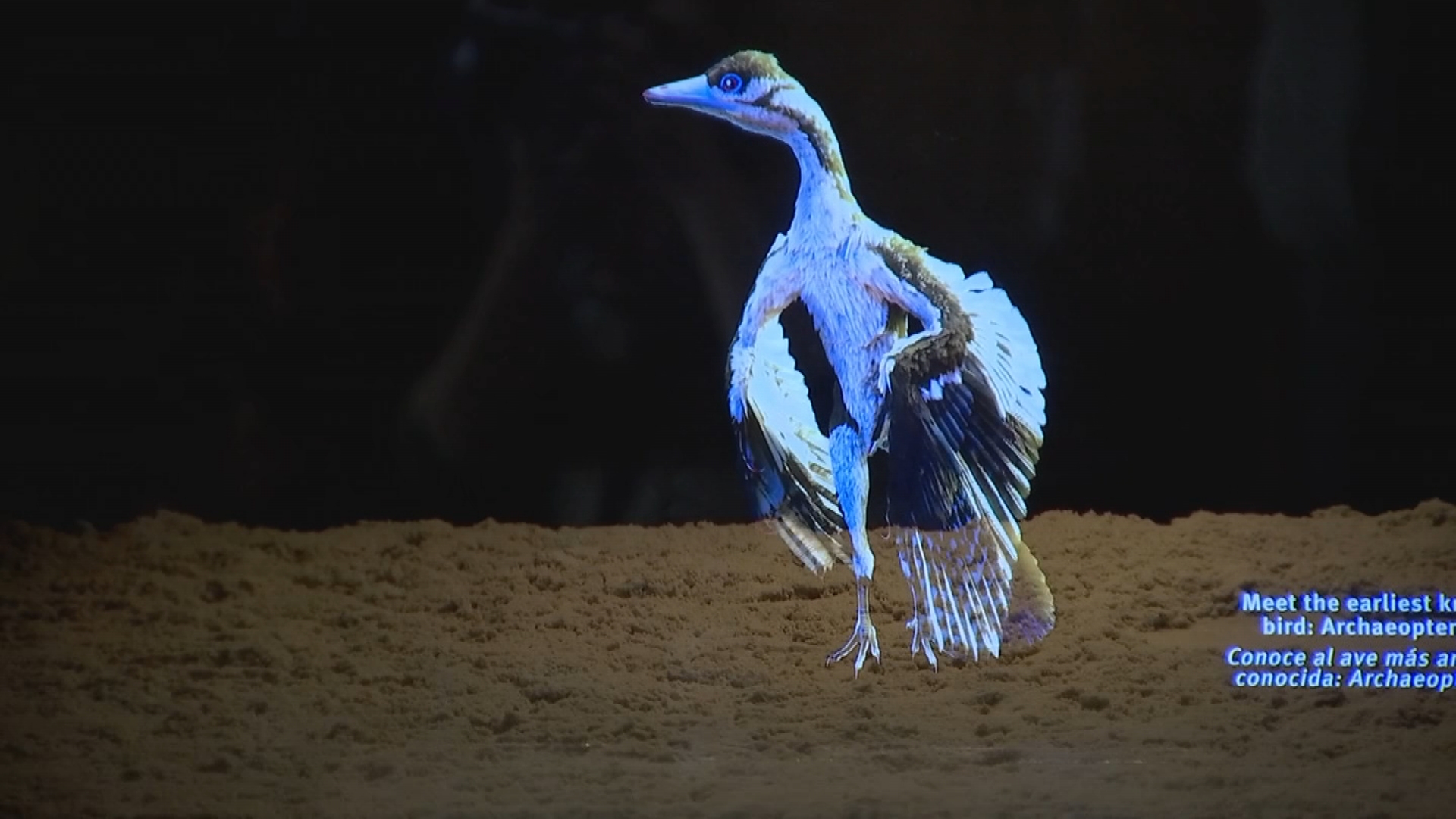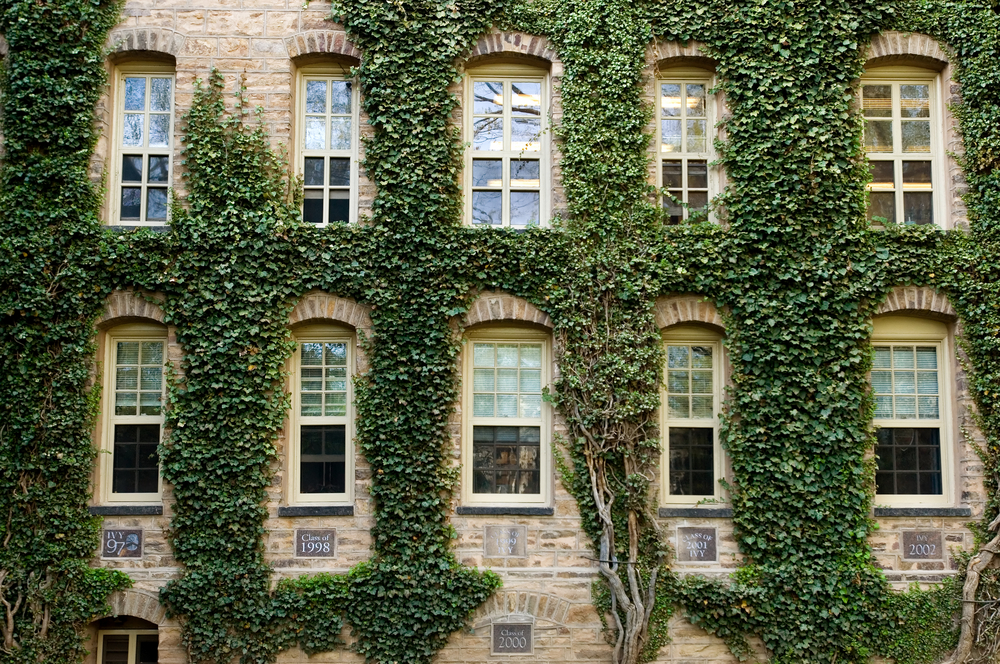As Illinois crops and plants struggle in this summer’s exceptional heat, weather experts worry about the increased risk of a serious drought.
Drought rates for Illinois have more than doubled since last week to nearly 70 percent of the state declared in drought status, a title that was obsolete at this time last year, according to the U.S. Drought Monitor.
The Drought Monitor, a culmination of federal and academic drought indices, reports the entire state currently is classified as "exceptionally dry," or on the verge of a drought.
Though a drought is scientifically hard to define because of changing conditions, the word literally means a "prolonged period of abnormally low precipitation." And farmers are feeling the pinch, especially in Southern Illinois.
Though a drought is scientifically hard to define because of changing conditions, the word literally means a "prolonged period of abnormally low precipitation." And farmers are feeling the pinch, especially in Southern Illinois.
“With the warm temperatures, it puts quite a bit of demand on soil moisture and this year, since we’re already running quite short, it’s going to just get harder,” said state climatologist Jim Angel.
The U.S. Drought Monitor marks Illinois soil moisture at 70 percent short of what it should be, ranking the state as one the driest in the nation and a startling number for many farmers as corn and soybeans require the moisture to flourish.
“It’s a very different year so far this summer than what we were seeing last year for the state,” said Brian Fuchs, climatologist for the National Drought Mitigation Center at the University of Nebraska. “We really can’t point to one individual weather phenomenon. It’s just one of those situations where dry times are coming to the Midwest.”
It's gotten so bad that some suburbs are putting their residents on water restrictions. Highland Park, Bannockburn, Deerfield, Lincolnshire, Glenbrook and Ft. Sheridan all implemented an odd-even water schedule for homes and businesses.
“Even when you’re not in a drought, but especially when you are, water conservation by everyone is crucial,” said Fuchs. “Everyone needs to understand that their water does not come from just turning on their faucet, it’s got to come from somewhere.”
Local
Fuchs suggested shorter showers, washing full loads of dishes and laundry, and watering lawns in the cooler times of day as “little things” residents can do to conserve.
Angel said the dry conditions come as no surprise.
“We’ve had several months in a row of warm, dry weather and it’s finally catching up to us,” he said. “But because this year’s been so dry we’ve ended up with low soil moisture before we even started to get into the heart of the growing season and once that soil moisture gets depleted we’re going to get into trouble.”
Angel said Illinois’ agriculture is taking the heat for much of the drought as many farms across the state are having trouble surviving. Many farmers have already reported their crops showing signs of stress, Angel said.
And the dry times aren’t looking to dampen anytime soon.
“It’s just going to get more and more dry as we move into July and August,” Angel said.
National Weather Service reports scorching temps are expected to rise throughout the upcoming months and little to no rain is predicted to counteract the heat, a forecast that would put Illinois further in drought debt.



